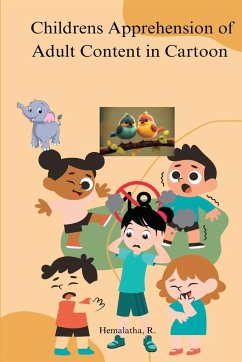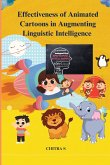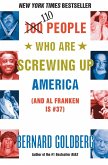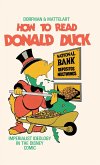It is opined that with the motive of supplying entertainment to home, rather than public places, TV was invented. In the early years TV became the extention of radio programmes. The initial TV personalities were radio stars, who defected to the new medium because of its glamour. News, sports, political events and elections were the major programmes. With TV becoming a household medium, the tilt towards programmes for children and women became prominent. Family entertainment assumed importance. Children and youth are the susceptible demographic sectors of TV. These groups watch TV most and get used / influenced by it. The serious changes in their approach to clothes, concept of beauty and tilt towards particular lifestyle images are due to TV. It reinforces particular patterns of consumption. While young people are attracted by urban and modern lifestyles, the elderly people seek the rural and traditional fare on TV. When it comes to language, English and Hindi dominate the air-waves. Consequently, the other native languages have started borrowing words and expressions from these two languages. A new language carries new ideas, concepts and new value will impact the local or traditional culture. Thus TV has imposed linguistic hegemony.
Hinweis: Dieser Artikel kann nur an eine deutsche Lieferadresse ausgeliefert werden.
Hinweis: Dieser Artikel kann nur an eine deutsche Lieferadresse ausgeliefert werden.








